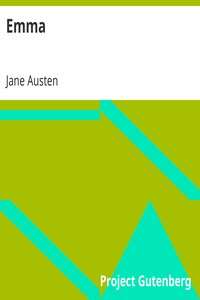# 89

Jane Austen’s Emma (1816) tells the story of the coming of age of Emma Woodhouse, “handsome, clever, and rich,” who “had lived nearly twenty-one years in the world with very little to distress or vex her.” Typical for the novel’s time, Emma’s transition to womanhood is accomplished through courtship—both of those around her and, ultimately, her own. As in other Austen works, education and courtship go hand in hand, and Emma’s process of learning to relinquish the power of having her own way is also a process of falling in love. However, in Emma this classic plot is both complicated by and reflective of a collection of contemporary issues, assumptions, and anxieties that highlight just how “political” even the most conventional of courtship plots can be.

エマ・ウッドハウスは美人で頭が良くて、村一番の大地主のお嬢さま。私生児ハリエットのお相手として、美男のエルトン牧師に白刃の矢を立てる。そしてハリエットに思いを寄せる農夫マーティンとの結婚話を、ナイトリー氏の忠告を無視してつぶしてしまう。ハリエットはエマのお膳立てにすっかりその気になるのだが――。19世紀英国の村を舞台にした「オースティンの最も深遠な喜劇」。
